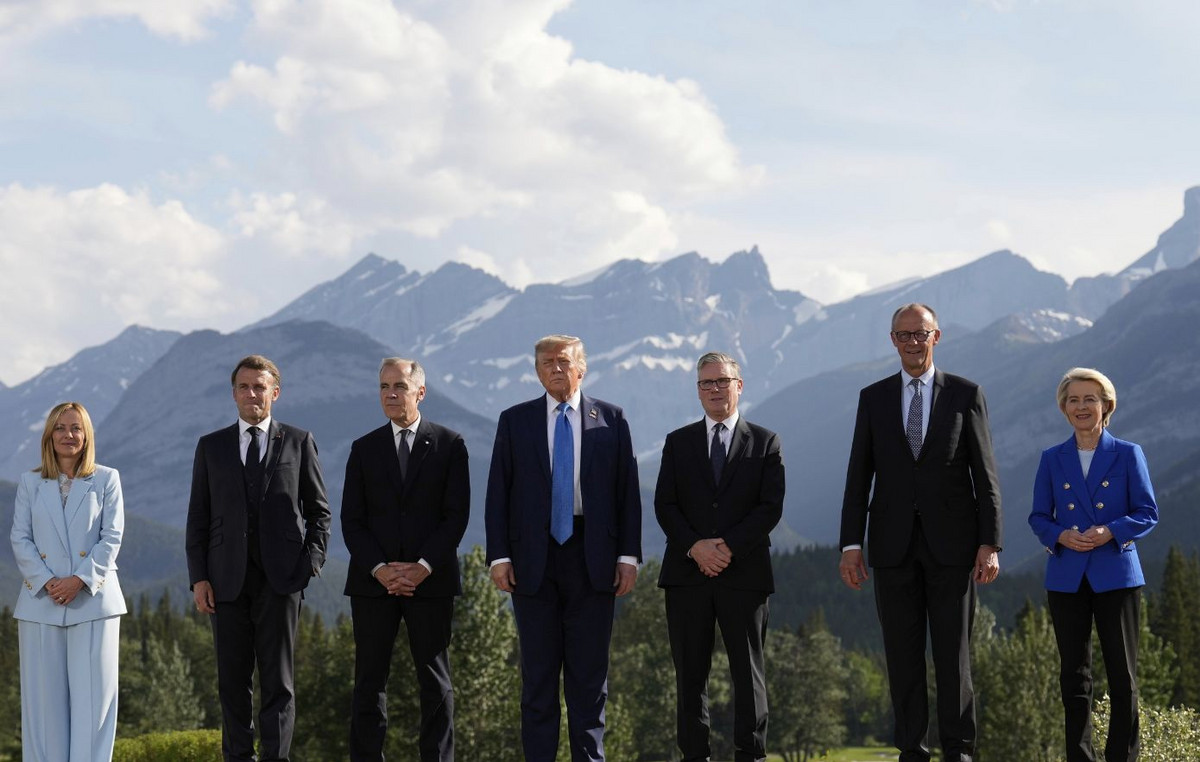- The WTI prepares to have weekly profits due to the renewed optimism about the commercial agreement between the US and China, but the bullish potential is limited by supply concerns.
- The initial commercial agreement between the US and China helped relieve concerns about the demand of the two main oil consumers in the world.
- A possible nuclear agreement between the US and Iran could result in a sanctions relief and could add approximately 400,000 barrels per day to the global offer.
The price of oil West Texas Intermediate (WTI) continues its loss streak per third consecutive session, quoting around $ 61.10 per barrel during the first European hours on Friday. However, crude oil prices are on their way to registering a modest weekly gain, supported by renewed optimism about commercial relations between the United States (USA) and China, which exceeded the ongoing concerns about the excess global offer.
Earlier this week, the US and China reached a preliminary commercial agreement. USA will reduce tariffs on Chinese products from 145% to 30%, while China will decrease tariffs on US imports from 125% to 10%. This advance relieved concerns about the demand of the two largest oil consumers in the world.
However, the bullish impulse for oil prices was limited by reports that suggest a possible nuclear agreement between the US and Iran that could lead to a relief of sanctions. The president of the USA, Donald Trump, declared that the US was close to an agreement, with Iran “more or less” accepting the terms. Even so, the sources indicated that they are unresolved key problems. According to a Reuters report that quotes ING analysts, a nuclear agreement would reduce the risk of supply and allow Iran to increase production, potentially adding around 400,000 barrels per day to the global market.
In addition, crude oil prices are pressed by US government data that showed an unexpected increase in crude oil inventories. Meanwhile, the International Energy Agency (AIE) raised its global supply prognosis in 380,000 barrels per day, citing an increase in the production of Saudi Arabia and other members of the OPEC+ as they continue to get rid of production cuts.
WTI FAQS oil
WTI oil is a type of crude oil that is sold in international markets. WTI are the acronym of West Texas Intermediate, one of the three main types that include the Brent and Dubai’s crude. The WTI is also known as “light” and “sweet” by its relatively low gravity and sulfur content, respectively. It is considered high quality oil that is easily refined. It is obtained in the United States and is distributed through the Cushing Center, considered “the crossing of the world.” It is a reference for the oil market and the price of WTI is frequently traded in the media.
Like all assets, supply and demand are the main factors that determine the price of WTI oil. As such, global growth can be a driver of the increase in demand and vice versa in the case of weak global growth. Political instability, wars and sanctions can alter the offer and have an impact on prices. OPEC decisions, a group of large oil -producing countries, is another key price factor. The value of the US dollar influences the price of WTI crude oil, since oil is mainly traded in US dollars, so a weaker dollar can make oil more affordable and vice versa.
Weekly reports on oil inventories published by the American Petroleum Institute (API) and the Energy Information Agency (EIA) influence the price of WTI oil. Changes in inventories reflect the fluctuation of supply and demand. If the data show a decrease in inventories, it can indicate an increase in demand, which would raise the price of oil. An increase in inventories may reflect an increase in supply, which makes prices lower. The API report is published every Tuesday and that of the EIA the next day. Their results are usually similar, with a 1% difference between them 75% of the time. EIA data is considered more reliable, since it is a government agency.
The OPEC (Organization of Petroleum Exporting Countries) is a group of 13 nations oil producing that collectively decide the production quotas of member countries in biannual meetings. Their decisions usually influence WTI oil prices. When OPEC decides to reduce fees, it can restrict the supply and raise oil prices. When OPEC increases production, the opposite effect occurs. The OPEC+ is an expanded group that includes another ten non -members of the OPEC, among which Russia stands out.
Source: Fx Street
I am Joshua Winder, a senior-level journalist and editor at World Stock Market. I specialize in covering news related to the stock market and economic trends. With more than 8 years of experience in this field, I have become an expert in financial reporting.







